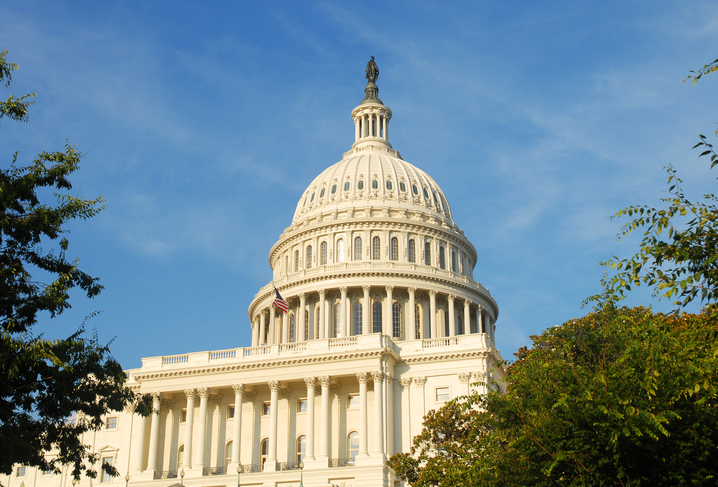In December the Dow climbed 3.41% finishing the year +9.72%, the S&P 500 rose 3.71% finishing the year +16.26%, and the NASDAQ climbed +4.64% finishing a great year at +43.64%. The bond market, as measured by the performance of the 10-year U. S. Treasury mounted the steepest annual yield slide in years. The 10-Year Treasury shed 99.6 basis points for the year ending at 0.913%, which interprets to a 47% year-over-year drop.
As we began 2020 we noted that in 2019 Manufacturing had fallen to a multi-year low, corporate earnings had risen less than U.S. stock prices, and investor sentiment was described as extreme optimism. Liz Ann Sonders, Chief Investment Strategist at Charles Schwab lead her 2019 year in review with this caption; “dumb money is showing extreme optimism”.
Little did we know what February, March, and April would bring. In April we saw refrigerated trucks lining the streets of New York City, April and May certainly had an eerie feeling. As we close 2020, we are in the worst of the Pandemic and over the recent Christmas holiday week news broke that there is a more transmissible mutation of the novel coronavirus in the United Kingdom leading to further lockdowns and restrictions. Yet, through all that, the markets continue to set a new recorded high water mark. I wonder if Liz Ann Sonders still thinks “dumb money is showing extreme optimism”. The catalyst for the rise in the market is the unprecedented loose monetary policy. The U.S. Government has injected the economy with several trillion dollars in stimulus through varied mechanisms such as the Payroll Protection Program, extended and enhanced unemployment, and of course actions from the Federal Reserve.
While the short run has more uncertainty due to COVID-19, the mid-range looks more promising with the U.S. signing a bigger agreement for vaccine doses with Pfizer while Moderna ramps up large scale distribution of their vaccine. A reopening of the economy along with additional loose monetary policy could be a powerful one-two punch for equities. As we think past 2021 into 2022, we are not nearly as constructive. There are many risks such as; a prolonged weakness in the labor market, a worse than expected second wave of the virus, a weak dollar, higher than expected inflation, political uncertainties, and corporate earnings failing to meet expectations.
May you have fair winds and following the seas – as they say in the maritime industry.
Fun Facts about New Year:
- Robert Burns took a Scottish folk song called “Old Lang Syne” and put his own spin on it in 1788, which is the version we all know today. Auld Lang Syne means “times long past.”
- The timely “Ball Drop” signifies the official timing of the start of the New Year. However, long before it was used on New Year’s Eve, a ball on top of England’s Royal Observatory in Greenwich was dropped at 1 p.m. every day (starting in 1833) to help ship captains coordinate their navigation equipment. Similar balls were set up in coastal areas around the world.
- Though the parties raged on, there wasn’t a ball drop in Times Square until 1907. Fireworks were previously used to welcome the New Year, but they were banned because burning embers were falling on the crowd. A ball being lowered on a flagpole was a safer bet.
- The first Times Square New Year’s party was thrown for a newspaper company. The annual tradition of gathering in Times Square for New Year’s started as a party to celebrate the opening of the New York Times building in 1904. Over 200,000 people attended. More recently more than 1 million people traditionally gather in Times Square.
- The New Year’s kiss started with the Romans. Although things got a little friskier back then, ancient Romans are credited with the kissing tradition because of their Saturnalia festival. It was a celebration honoring Saturn, the god of time, where all social norms went out the window. Many of the celebrations influenced the Christmas and New Year’s festivities that became the focus when Christianity took over the Roman Empire.
- You can thank a pope for making our New Year start on January 1. The Gregorian calendar was introduced in October of 1582 by Pope Gregory XIII as a revised version of the Julian calendar. It took almost 350 years for the world to get on board. Turkey didn’t make the switch until 1927.
Check out my monthly MarketWatch blog at: https://wsmtexas.com/marketwatch
Have a question? Let me know! Email me at kcompton@wsmtexas.com.

